From ice baths to infrared saunas, hot and cold therapy is suddenly everywhere—and not just in elite gyms or wellness retreats.
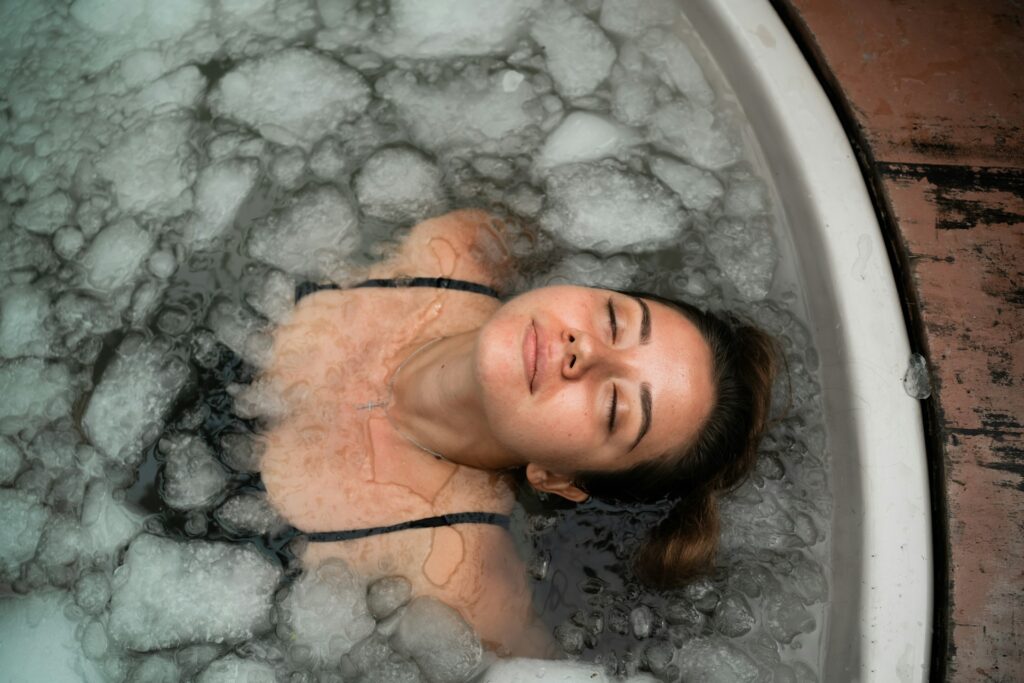
What used to be seen as a niche recovery trend has gone mainstream, and more people are finding it genuinely helpful for everything from stress relief to sore muscles. The contrast between heat and cold does more than just shock your system—it teaches your body how to regulate, reset, and repair. If you’ve been wondering whether this trend is worth your time, here are just some of the reasons hot and cold therapy actually lives up to the buzz.
1. It boosts your circulation in both directions.

Cold therapy causes blood vessels to constrict, and heat causes them to expand. Switching between the two helps improve overall circulation as your body learns to adapt quickly and efficiently. Good circulation isn’t just about warmth—it supports oxygen flow, energy levels, and even immune function. It’s a simple way to keep your system moving when life (or work) keeps you still.
2. It helps reduce inflammation naturally.
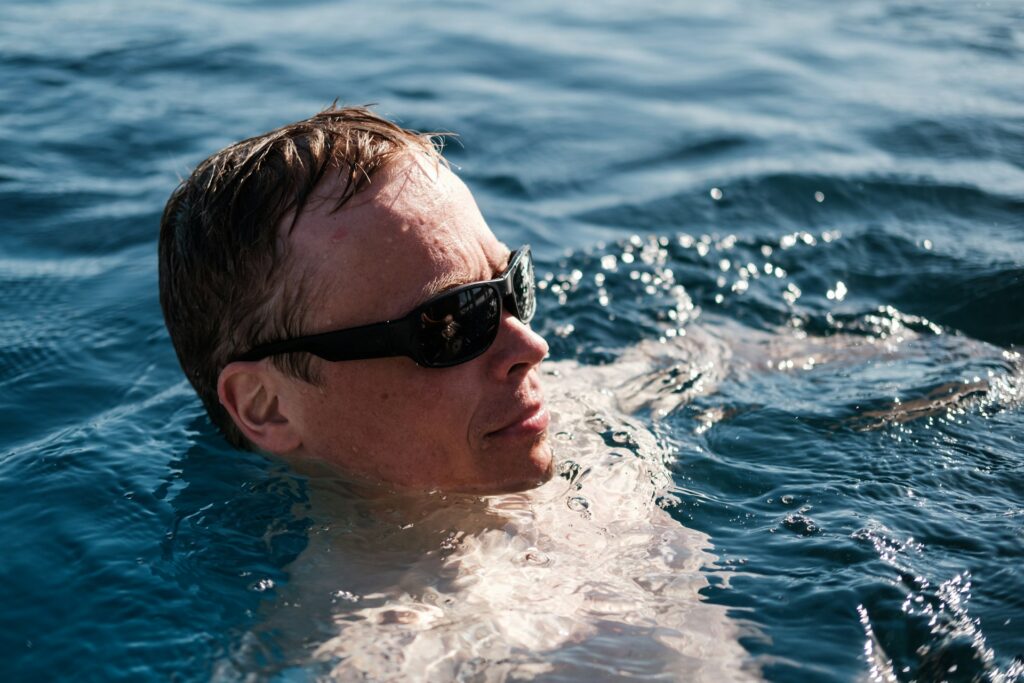
Cold exposure is well known for calming inflammation, especially after exercise or physical strain. It numbs the area, slows blood flow, and gives tissues a chance to heal without swelling up. Adding heat afterward can loosen things up and increase flexibility. Together, they form a balanced approach that gives your body both the cool-off and the warm-up it needs.
3. It sharpens your mental resilience.
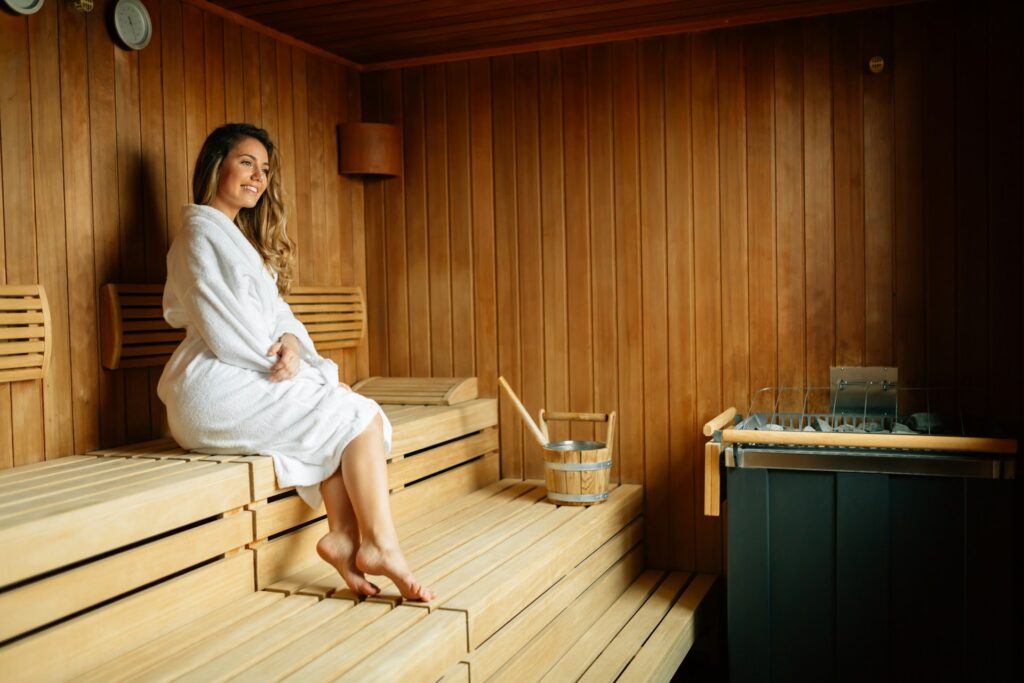
Standing under a freezing shower or sitting in a sauna might sound intense, but that’s the point. These controlled discomforts teach your brain how to stay calm under pressure. With regular practice, you build up tolerance—not just to temperature swings, but to stress in general. That quickened breath slows down, your mind stays clearer, and you become more adaptable overall.
4. It supports recovery after workouts.
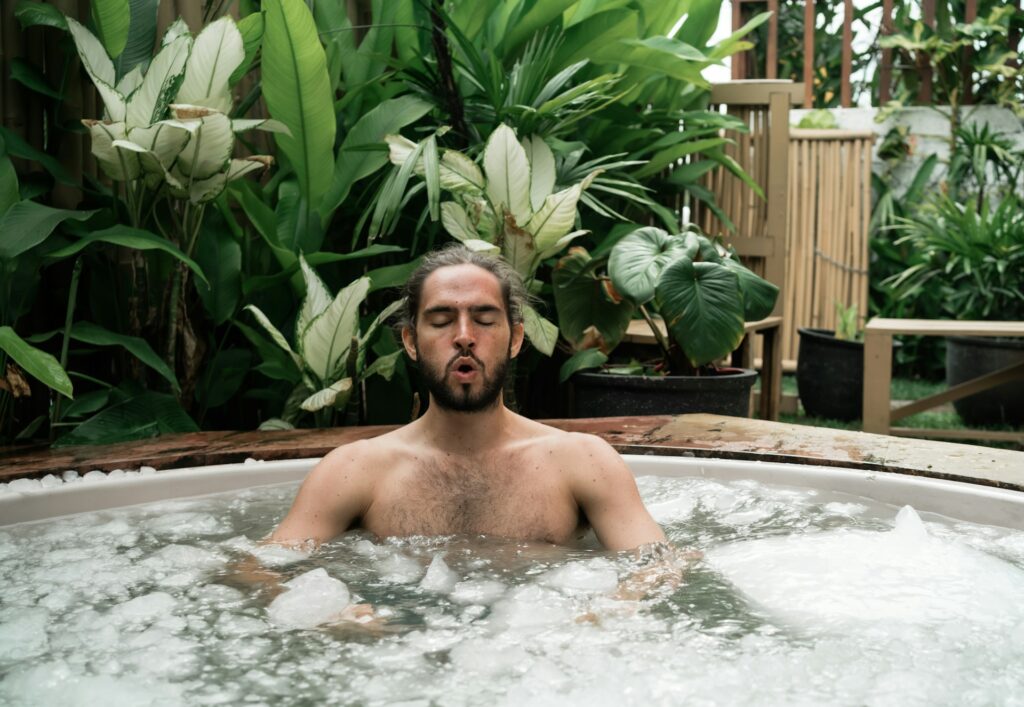
Alternating between cold plunges and hot soaks is a well-loved method for easing post-workout soreness. The cold soothes the muscle fibres, while the heat brings in fresh nutrients and blood flow. It doesn’t have to be extreme to be effective. Even a warm bath followed by a cold rinse can help your body bounce back faster between workouts or active days.
5. It resets your nervous system.
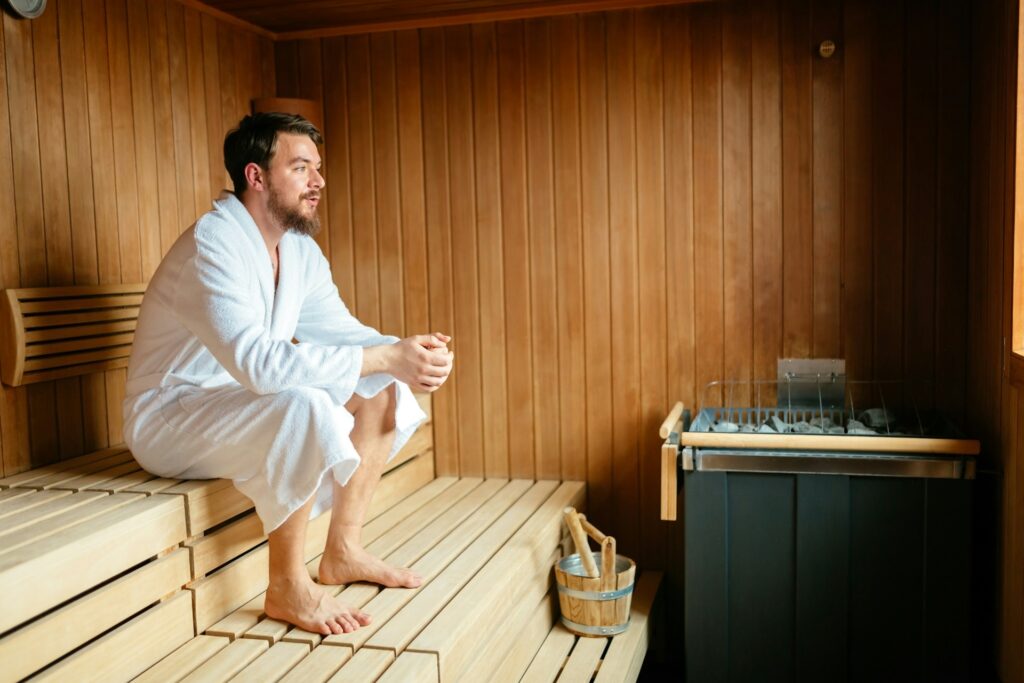
Cold therapy, in particular, is known to activate the parasympathetic nervous system—the part responsible for rest and recovery. That’s why people often feel grounded or even euphoric after a plunge. Heat works in a different way, helping you relax by easing muscle tension and calming your overall body state. Together, they offer a full-circle reset when your system feels fried.
6. It can help improve your sleep.
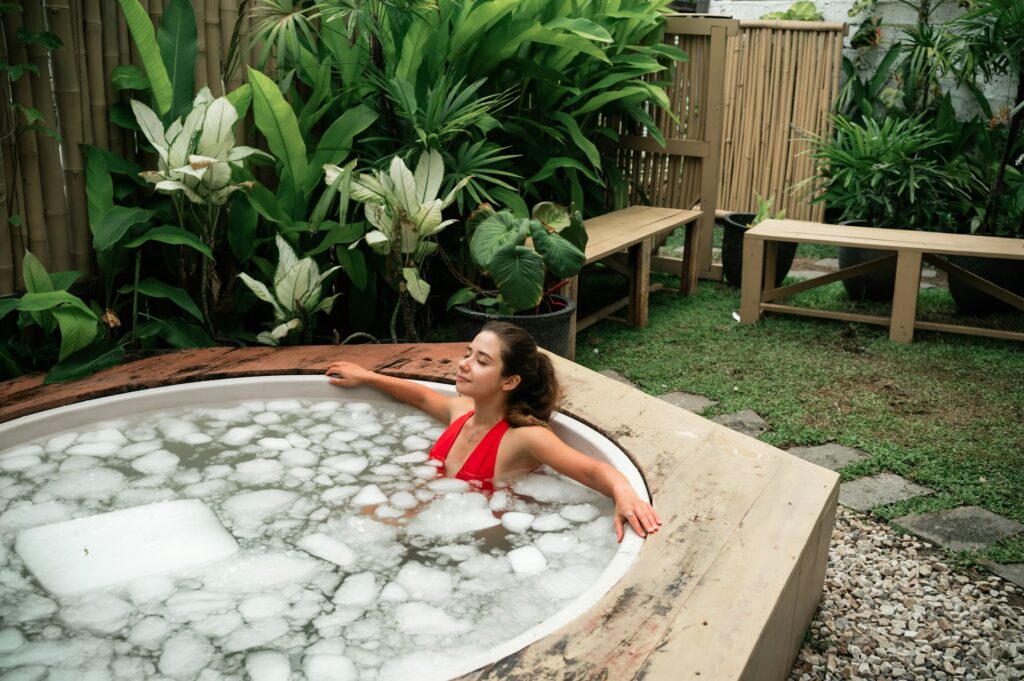
Cold exposure lowers your core body temperature, which naturally helps prepare your body for rest. Meanwhile, a warm shower or bath before bed helps signal to your brain that it’s time to wind down. The combination of the two—whether done hours apart or in succession—can help you fall asleep faster and sleep deeper. It’s like pressing the reset button before your head hits the pillow.
7. It gives your immune system a boost.
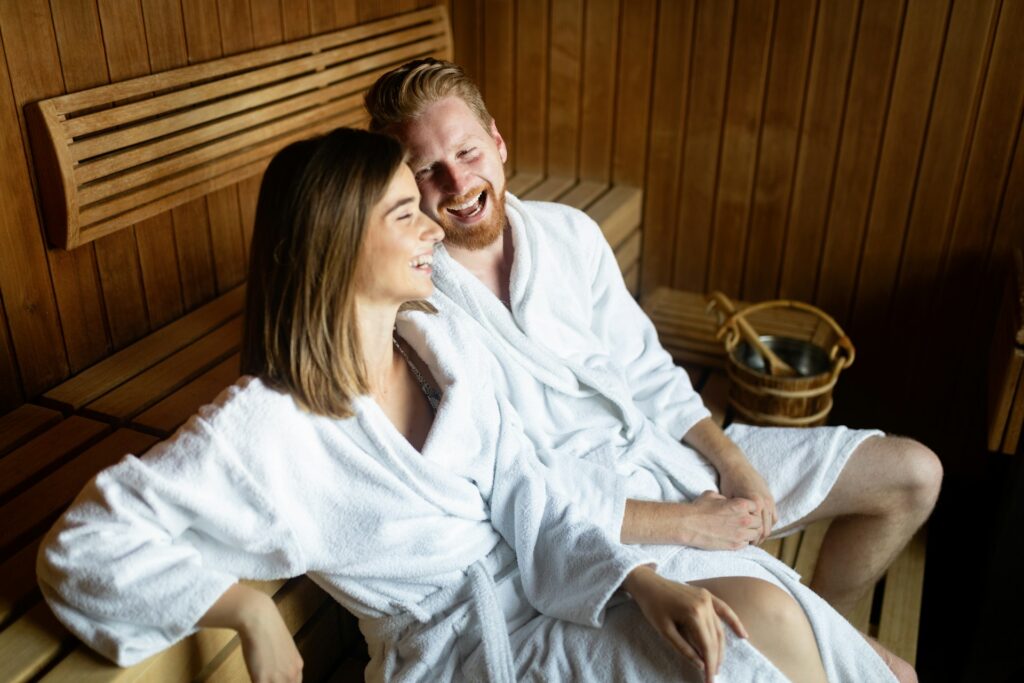
Studies have shown that regular cold exposure may increase white blood cell production, giving your immune system a bit of extra support. Heat therapy, like saunas, has also been linked to improved cardiovascular and metabolic health. It’s not a cure-all, but it’s a gentle way to support your body’s natural defences—especially when done consistently and alongside other healthy habits.
8. It helps regulate mood and focus.
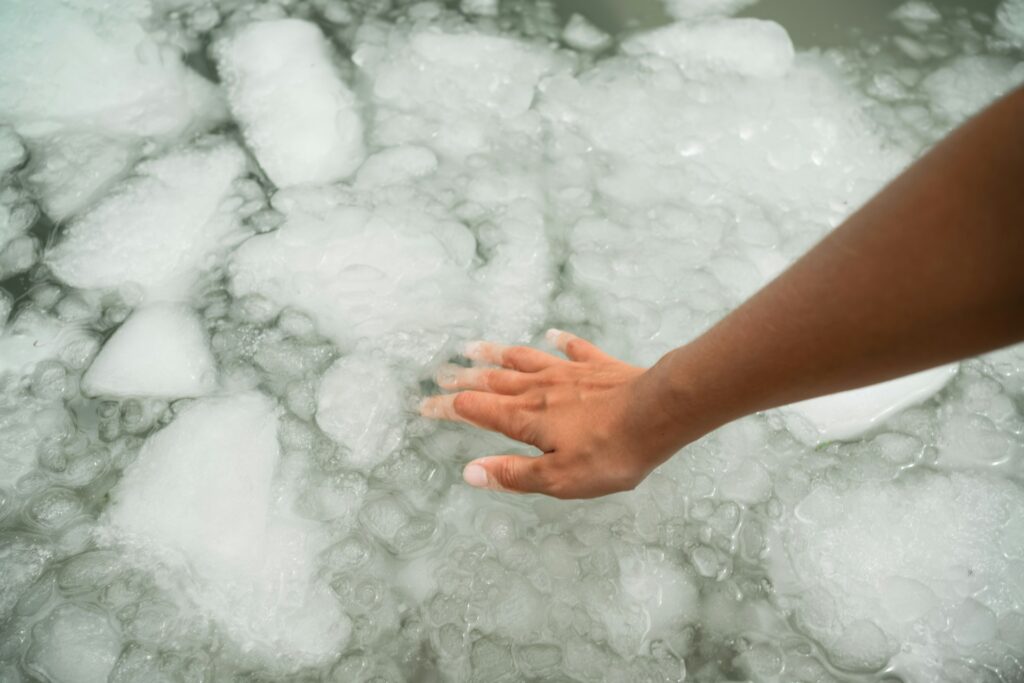
Cold exposure can lead to a rush of endorphins and adrenaline, which often results in a clearer, more alert state of mind. That’s why some people use cold showers to snap out of brain fog or morning sluggishness. Heat, on the other hand, can provide a sense of emotional ease. It’s calming, grounding, and good for unwinding after a long day. The contrast between the two can help balance emotional highs and lows.
9. It encourages mindfulness.

When you’re in very hot or very cold conditions, your awareness narrows to your breath and your body. It becomes impossible to multitask or mentally check out. That kind of forced focus is oddly refreshing. It turns the experience into a moving meditation. You’re not scrolling, talking, or rushing—you’re just being, breath by breath. That presence can carry over into the rest of your day in quiet but meaningful ways.
10. It doesn’t require expensive gear.
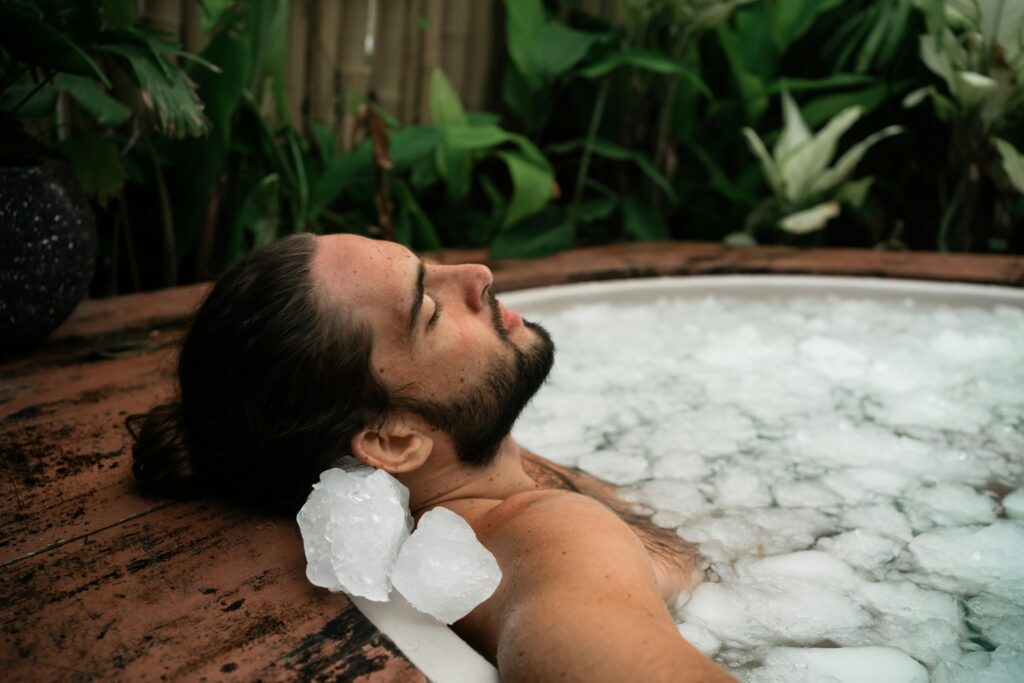
You don’t need a luxury spa or a backyard cold plunge to try it. A cold shower followed by a warm bath, or vice versa, can still give you many of the same benefits. What matters most is consistency and intention. With just water and a few minutes of your day, you can build a routine that supports your body and mind without the fuss.
11. It helps break up stuck emotional energy.
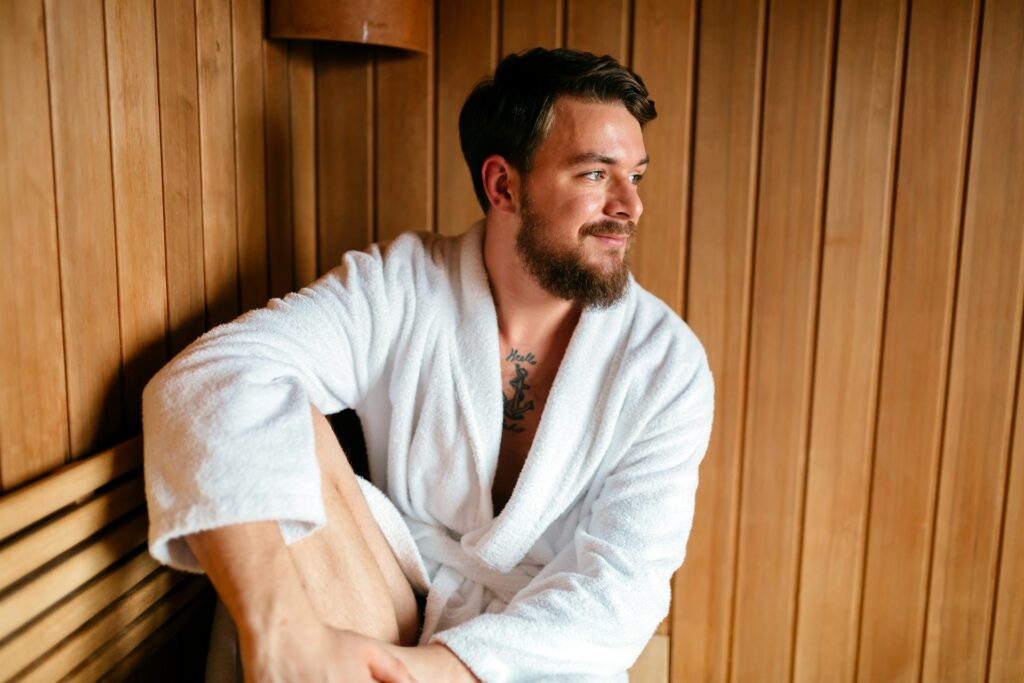
Physical experiences like heat and cold can sometimes unlock emotions that have been sitting in the background. A cold plunge might leave you teary in a good way, while a long sauna can help you release lingering tension. You may not always know what your body’s holding onto until you give it a reason to let go. These experiences offer a gentle kind of release without needing to overthink it.
12. It becomes something you look forward to.
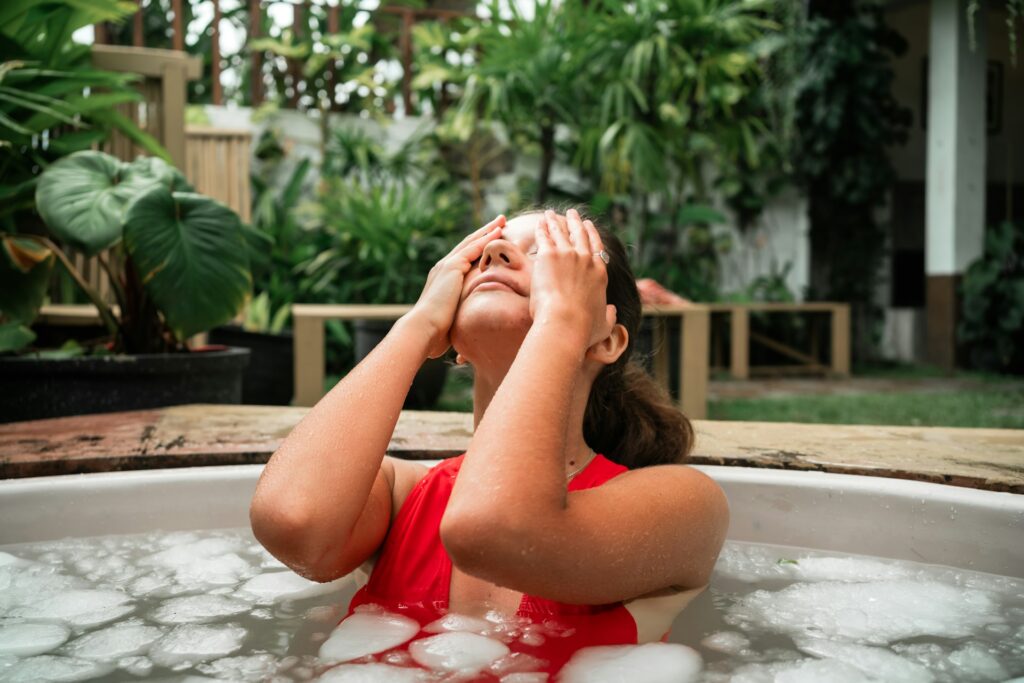
What starts out as a challenge often becomes a ritual. There’s something rewarding about stepping into discomfort and coming out the other side a little clearer, calmer, or more awake. It’s not about pushing your limits for the sake of toughness. It’s about reconnecting with your body, regulating your system, and giving yourself a tool you can turn to anytime you need a reset.


